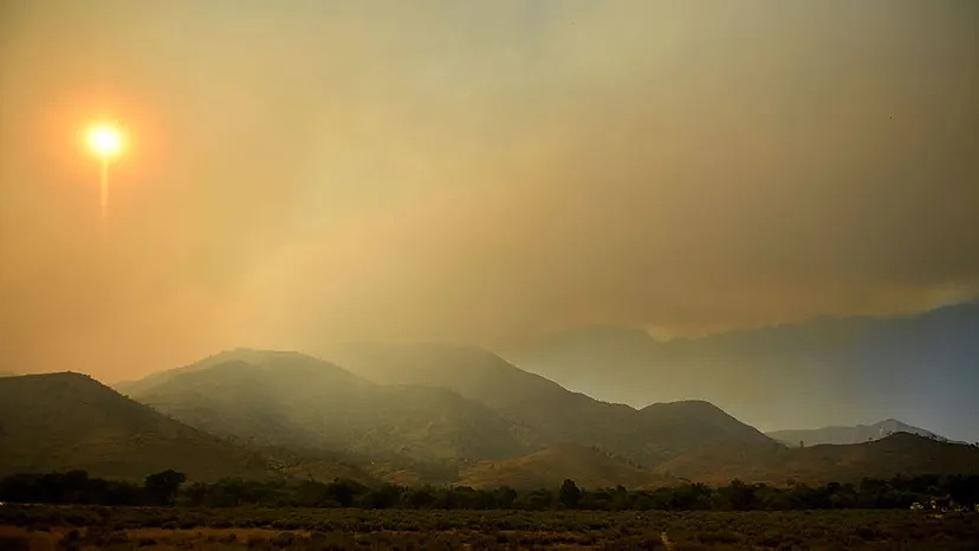
Washington’s New Wildfire Smoke Protection Laws Start Jan. 15th
Outdoor workers in Washington state will be covered by permanent laws designed to protect them from the dangers of wildfire smoke starting January 15th. Washington enacted temporary rules in 2021 and 2022 but the Washington Department of Labor and Industries has made the protections permanent and year round.
Washington, Oregon and California will be the only states with permanent, year round rules that will limit exposure for outdoor workers to breathing the tiny particles found in wildfire smoke. The particles can be breathed into the deepest part of lung tissue and present a significant risk to outdoor workers in agriculture, construction or other occupations.
The dangers of wildfire smoke exposure has been linked to increased risk asthma, heart failure, reduced lung function or an early death.

What Will Employers Need To Know
Employers will need to take several steps moving forward to protect employees from the impacts of wildfire smoke and increase protection measures as smoke conditions worsen
- create response plans for the different wildfire smoke conditions as they develop
- provide employee training in response to smoke thresholds
- monitor smoke levels
- develop and implement two-way communications systems with employees
- insure employees can access prompt medical attention
- Employers cannot prevent workers from seeking medical attention or following medical advice they’ve been given.
Employers can use this chart from the Washington State Department of Labor and Industries to understand what specific action will be required any time the amount of dangerous material in the air, known as particulate matter or current PM2.5, rises above a certain level. Employers can use indexes like the NowCast Air Quality Index (AQI) to track air quality.
Current PM2.5 | NowCast AQI for PM2.5 | Required Protections |
20.5-35.4 μg/m3 | 69 or higher | · Wildfire smoke response plan · Wildfire smoke safety training · Emergency response measures for workers experiencing wildfire smoke symptoms |
35.5-250.4 μg/m3 | 101 or higher | · Respiratory protection required to be provided; use of respirators is voluntary · Feasible wildfire smoke exposure controls |
250.5-500.3 μg/m3 | 301 or higher | · Respiratory protection required to be distributed to individual workers; use of respirators is voluntary · If workers experience wildfire smoke symptoms requiring immediate medical attention, relocate them to a space with clean air |
500.4-554.9 μg/m3 | 500 or higher | · Respirators (N95 at a minimum) required to be worn by affected workers · Full workplace respiratory protection program required |
555 μg/m3 | Beyond the AQI | · More protective respirators are required |
Washington air quality data is available online by using the Washington State Department of Ecology’s interactive air quality map.
Other online resources;
Washington Smoke Information website
The Environmental Protection Agency’s AirNow Fire and Smoke Map.
More From NewsRadio 560 KPQ









